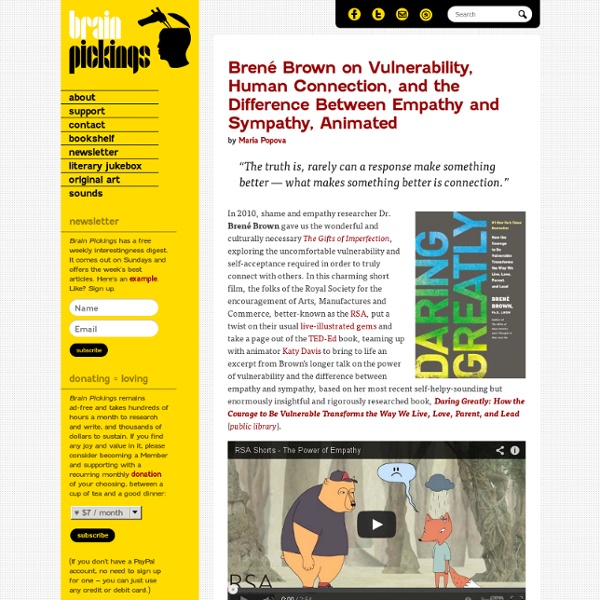Zoom
Trash
Related:



note note note La gelosia: analisi di un sentimento (tra letteratura e scienza) Willy Pasini analizza la gelosia e indica una possibile strada per imparare a gestirla Uno dei poteri della gelosia, consiste nel rivelarci quanto la realtà dei fatti esterni e i sentimenti dell’anima siano qualcosa di ignoto che si presta a molte supposizioni. Crediamo di sapere esattamente le cose e quel che pensano le persone, per la semplice ragione che non ce ne preoccupiamo. Ma non appena abbiamo il desiderio di sapere, come chi è geloso, allora tutto si trasforma in un vertiginoso caleidoscopio, in cui non distinguiamo più nulla. Così scrive Proust nella sua opera più famosa: À la recherche du temps perdu. Si potrebbe addirittura parlare, in Proust, di una casistica della gelosia: una sorta di disposizione psicologica che nasce soprattutto dall’impossibilità di guardare interamente nella persona amata, di conoscerne i pensieri. Proust era uno scrittore; la letteratura -si sa- ci insegna a orientarci, a dare un senso al nostro essere nel mondo.